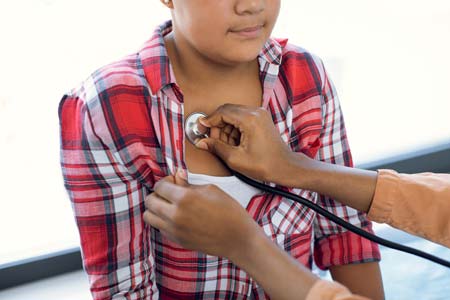Physical Exams

Regular health exams and tests can help find problems before they start. They also can help find problems early, when your chances for treatment and cure are better. Which exams and screenings you need depends on your age, health and family history, and lifestyle choices such as what you eat, how active you are, and whether you smoke.
Before Your Exam
To make the most of your next check-up, here are some things to do before you go:
- Review your family medical history
- Find out if you are due for any general screenings or vaccinations
- Write down a list of issues and questions to take with you
What is incuded in a physical exam?
- Updated health history: Your doctor may ask for an update on new developments and changes in your health history including questions about your job and relationships, medications, allergies, supplements, or any recent surgeries.
- Vital sign checks: Vital sign checks include taking a blood pressure reading and checking your heart rate and respiratory rate. Your blood pressure should be checked at least once every year to once every three years, depending on your history.
- Visual exam: Your doctor will review your appearance for signs of any potential conditions. They'll check the parts of your body that could visually indicate any existing health issues including:
- head
- eyes
- chest
- abdomen
- musculoskeletal system, such as your hands and wrists
- nervous system functions, such as speech and walking
In addition, the doctor will use tools to look in your eyes, ears, nose, and throat and will listen to your heart and lungs. This exam also includes:
- touching, or "palpating," parts of your body (like your abdomen) to feel for abnormalities
- checking skin, hair, and nails
- possibly examining your genitalia and rectum
- testing your motor functions and reflexes

